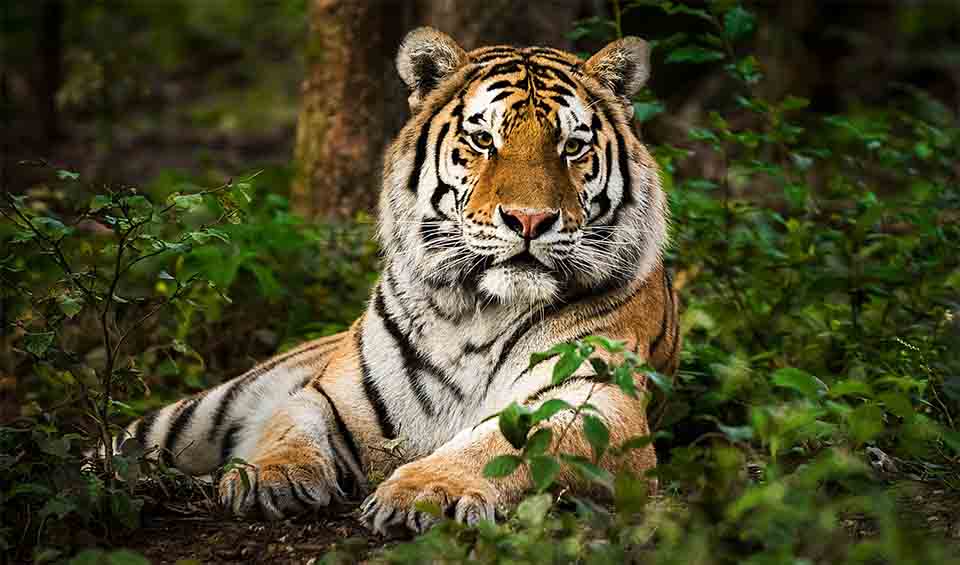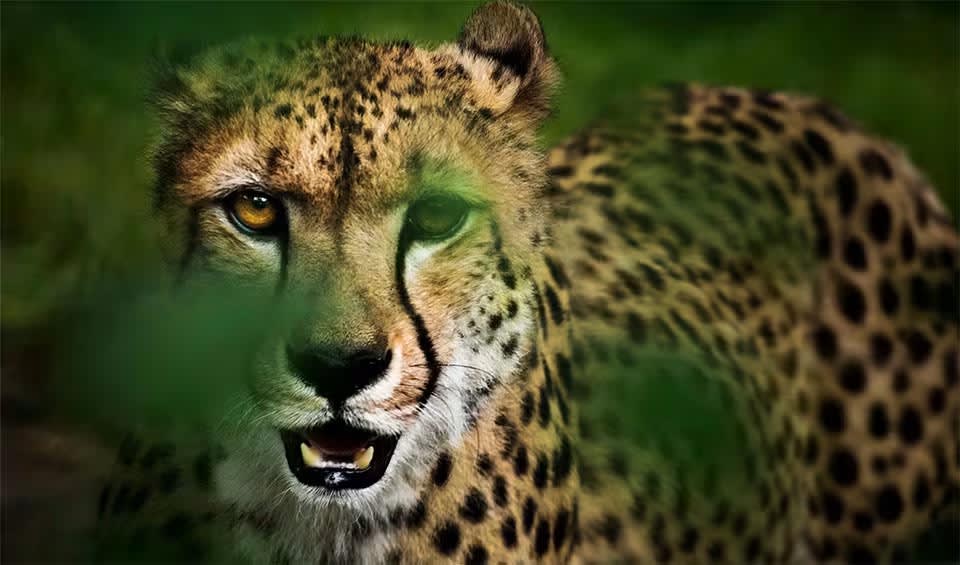Named after the British ornithologist Goland Clarke, these birds showcase extraordinary weaving skills through the construction of intricately woven nests. Males, in particular, are responsible for building these architectural marvels, which often resemble upside-down baskets. They meticulously weave together long grasses and leaf strips to create sturdy structures suspended from branches. These nests provide shelter and security for the eggs and nestlings, demonstrating the weavers’ ingenuity and craftsmanship.
In addition to their exceptional nest-building skills, Clarke’s weavers also possess eye-catching plumage that adds to their allure. Males exhibit vibrant yellow coloration on their faces, breasts, and bellies, creating a striking contrast against their dark brown wings and backs. This bold coloration serves as a visual signal during courtship displays and helps attract mates. Females, while less flamboyantly colored than males, still boast a mix of yellow and olive tones that contribute to their overall beauty.
Clarke’s weavers are predominantly found in savanna habitats across sub-Saharan Africa, where they forage for insects and seeds in grassy areas and open woodlands. They are social birds, often forming small flocks during the non-breeding season. During the breeding season, males establish territories and engage in elaborate courtship displays to attract females.
Distribution
 Kenya
Kenya Official estimate
Official estimate
Anything we've missed?
Help us improve this page by suggesting edits. Glory never dies!
Suggest an editGet to know me
Terrestrial / Aquatic
Altricial / Precocial
Polygamous / Monogamous
Dimorphic (size) / Monomorphic
Active: Diurnal / Nocturnal
Social behavior: Solitary / Pack / Herd / Flock
Diet: Carnivore / Herbivore / Omnivore / Piscivorous / Insectivore
Migratory: Yes / No
Domesticated: Yes / No
Dangerous: Yes / No




